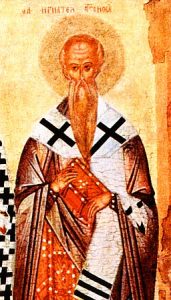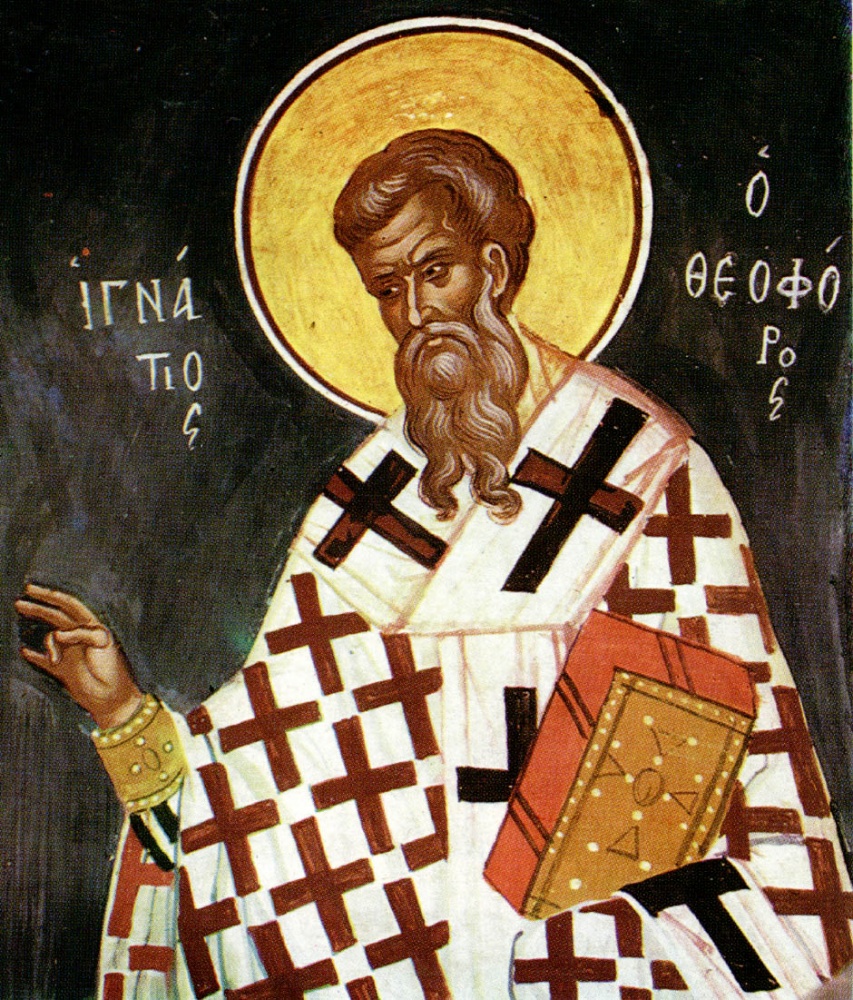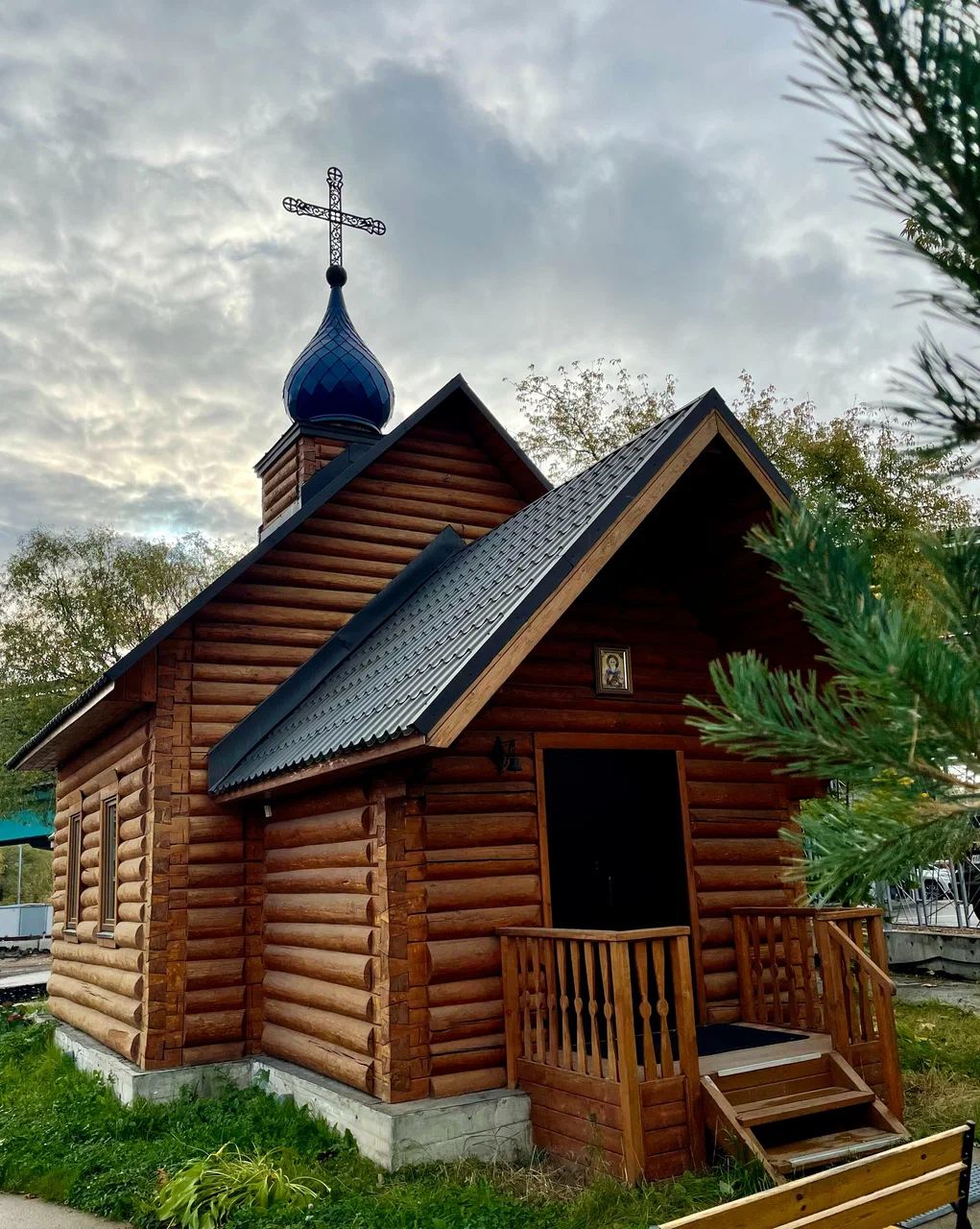Church of the Holy Martyr Ignatius the God-Bearer in Vereiskaya, Patriarchal Compound

Saint Ignatius the God-Bearer holds a special place in the Christian tradition as a disciple of the apostles and one of the first witnesses to the spread of the Gospel message. Born in Syria in the last years of the Savior`s earthly life, he was surrounded by the apostles from childhood and, according to legend, was the very boy whom Christ set as an example to his disciples. For his fervent love for the Lord, he was called the God-Bearer, as he carried the name of God in his heart. After the death of Evod, one of the seventy disciples of Christ, in 67, Saint Ignatius became bishop of Antioch and ruled the Church for 40 years. According to legend, he was blessed with a vision of heavenly worship, which inspired him to introduce antiphonal singing, in which two choirs alternate, as if echoing, this custom quickly spread in the early Church. In 107, during the campaign of Emperor Trajan, the saint was arrested for preaching Christianity and sent to Rome, where he was martyred by being torn to pieces by lions in the Colosseum. On his way to Rome, Saint Ignatius wrote seven epistles to Christian communities, which have survived to this day. In one of them, he asked the faithful not to hinder his martyrdom.: “I am the wheat of God, may the teeth of the beasts grind me, that I may become the pure bread of Christ.” His courage made such an impression that Trajan stopped the persecution of Christians. The relics of the saint were transferred to Antioch, and then to Rome, where they rested in the church of St. Clement. In his epistles, St. Ignatius instructed Christians to keep faith and love, emphasizing that “faith is the beginning and love is the end, and both combine to make up the work of God.” A temple has been erected in Moscow in memory of the Holy Martyr Ignatius the God-Bearer.
Address: Moscow, Vereyskaya St., vl. 11

